Crestron CLF-LDIMUEX Manual
| Mærke: | Crestron |
| Kategori: | Lysdæmper |
| Model: | CLF-LDIMUEX |
Har du brug for hjælp?
Hvis du har brug for hjælp til Crestron CLF-LDIMUEX stil et spørgsmål nedenfor, og andre brugere vil svare dig
Lysdæmper Crestron Manualer

3 December 2025
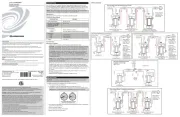
13 August 2025
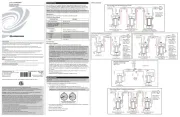
13 August 2025
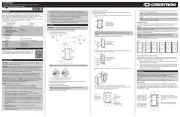
13 August 2025
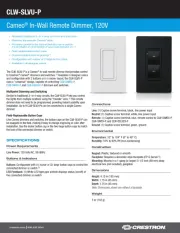
13 August 2025

13 August 2025
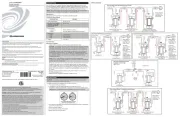
13 August 2025
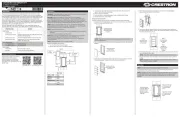
9 Juli 2025
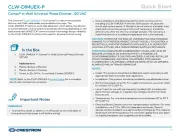
9 Juli 2025
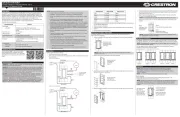
9 Juli 2025
Lysdæmper Manualer
- Merten
- Schneider Electric
- JUNG
- Gira
- Sonoro
- Tradim
- Legrand
- ABB
- AMX
- VAMA
- Steinel
- Mueller
- Vimar
- KlikaanKlikuit
- Hager
Nyeste Lysdæmper Manualer

23 December 2025

15 December 2025

11 December 2025

9 December 2025

9 December 2025

9 December 2025
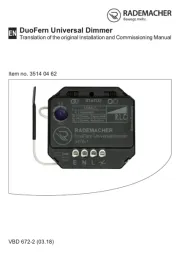
17 November 2025
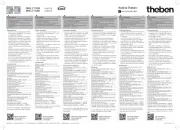
9 November 2025
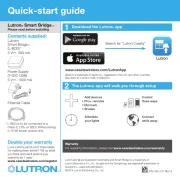
7 Oktober 2025

27 September 2025
